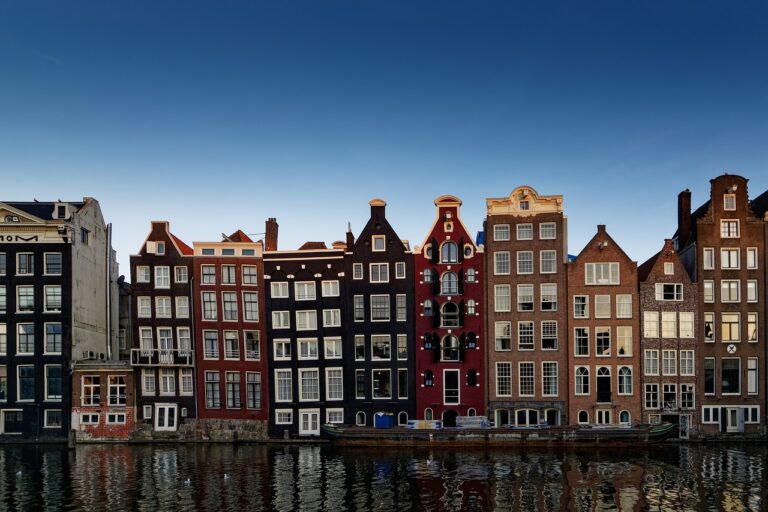Are Travelers the Same as Romani?
While often used interchangeably, ‘Travelers’ and ‘Romani’ refer to distinct groups with unique histories and cultural practices. Romani people originated in the Indian subcontinent and migrated to Europe in the 14th century, developing a nomadic lifestyle and blending Indian, European, and Middle Eastern traditions. They have their own language, Romanes, and vibrant cultural practices, including festivals and rituals. In contrast, Travelers are a separate ethnic group with their own history and customs. Despite similarities, these groups have distinct identities shaped by their experiences. As we delve further, the rich tapestry of their stories and traditions begins to unfold.
Origins and Early History
The Romani people, also known as Roma, have a rich and complex history that spans centuries, with their origins tracing back to the Indian subcontinent in the 11th century. It is believed that they migrated westward, arriving in Europe in the 14th century, where they were met with suspicion and persecution. Despite facing numerous challenges, the Romani people maintained their cultural identity and developed a unique nomadic lifestyle, adapting to various environments and societies. Throughout their journey, they absorbed and influenced local cultures, creating a distinctive blend of Indian, European, and Middle Eastern traditions. Their early history is marked by resilience, adaptability, and a deep connection to their heritage.
Cultural Practices and Traditions
Vibrant festivals, such as the Ederlezi, punctuate the Romani calendar, celebrating seasonal changes and ancestral heritage through music, dance, and feasting. These joyous gatherings bring together families and communities, strengthening social bonds and preserving cultural heritage. Romani people also observe rituals and customs surrounding birth, marriage, and death, often involving traditional attire, music, and food. Fortune-telling, palm-reading, and other forms of divination are also an integral part of Romani culture, passed down through generations. The rich cultural tapestry of the Romani people is woven from threads of history, tradition, and community, creating a unique and resilient identity that continues to thrive despite centuries of marginalization and persecution.
Language and Dialects
Hundreds of dialects and regional variations of the Romani language, known as Romanes, are spoken across the globe, reflecting the community’s rich cultural diversity and nomadic history. This linguistic tapestry is woven from threads of Indian, European, and Middle Eastern influences, as the Romani people migrated from their ancestral homeland in India to various parts of the world. The language is an essential part of Romani identity, with dialects often specific to particular clans or regions. Despite similarities with other languages, Romanes remains a distinct and vibrant linguistic entity, with its own grammar, vocabulary, and syntax. The language continues to evolve, with modern Romani speakers incorporating new words and expressions into their dialects, ensuring the language remains a dynamic and integral part of Romani culture.
Persecution and Discrimination
Romani people’s history is marked by a long and arduous journey of persecution and discrimination, which has profoundly impacted their social, economic, and cultural development. Throughout the centuries, they have faced brutal treatment, forced assimilation, and marginalization. During World War II, an estimated 220,000 to 500,000 Romani people were systematically murdered in the Holocaust, a tragedy that remains largely unrecognized. Even today, Romani communities continue to face discrimination, racism, and social exclusion, leading to poor living conditions, limited access to education and healthcare, and high rates of unemployment. These injustices have resulted in a persistent cycle of poverty and marginalization, hindering the Romani people’s ability to fully integrate into society and realize their full potential.
Preserving Identity and Heritage
In their struggle to preserve their cultural identity and heritage, Romani people have developed a rich tradition of oral storytelling, music, and art that reflects their nomadic past and serves as a powerful symbol of resistance against centuries of oppression. Through vibrant colors and intricate patterns, Romani art embodies the essence of their nomadic lifestyle, while their music and dance evoke the emotional intensity of their experiences. Oral storytelling has also played a vital role in preserving Romani history and culture, passing down tales of resilience and perseverance from generation to generation. By maintaining these traditions, Romani people have managed to safeguard their unique identity, despite centuries of marginalization and persecution.

